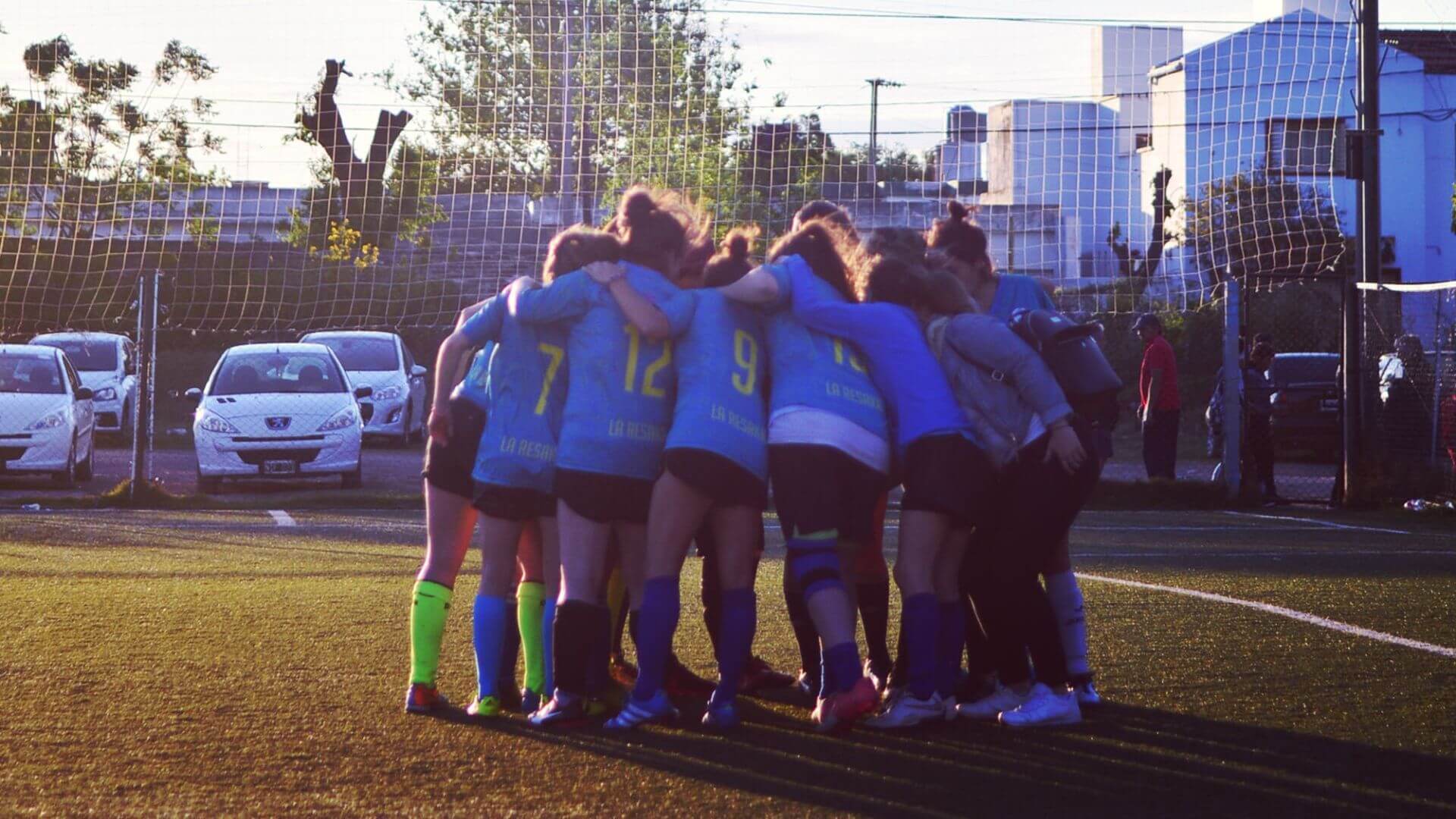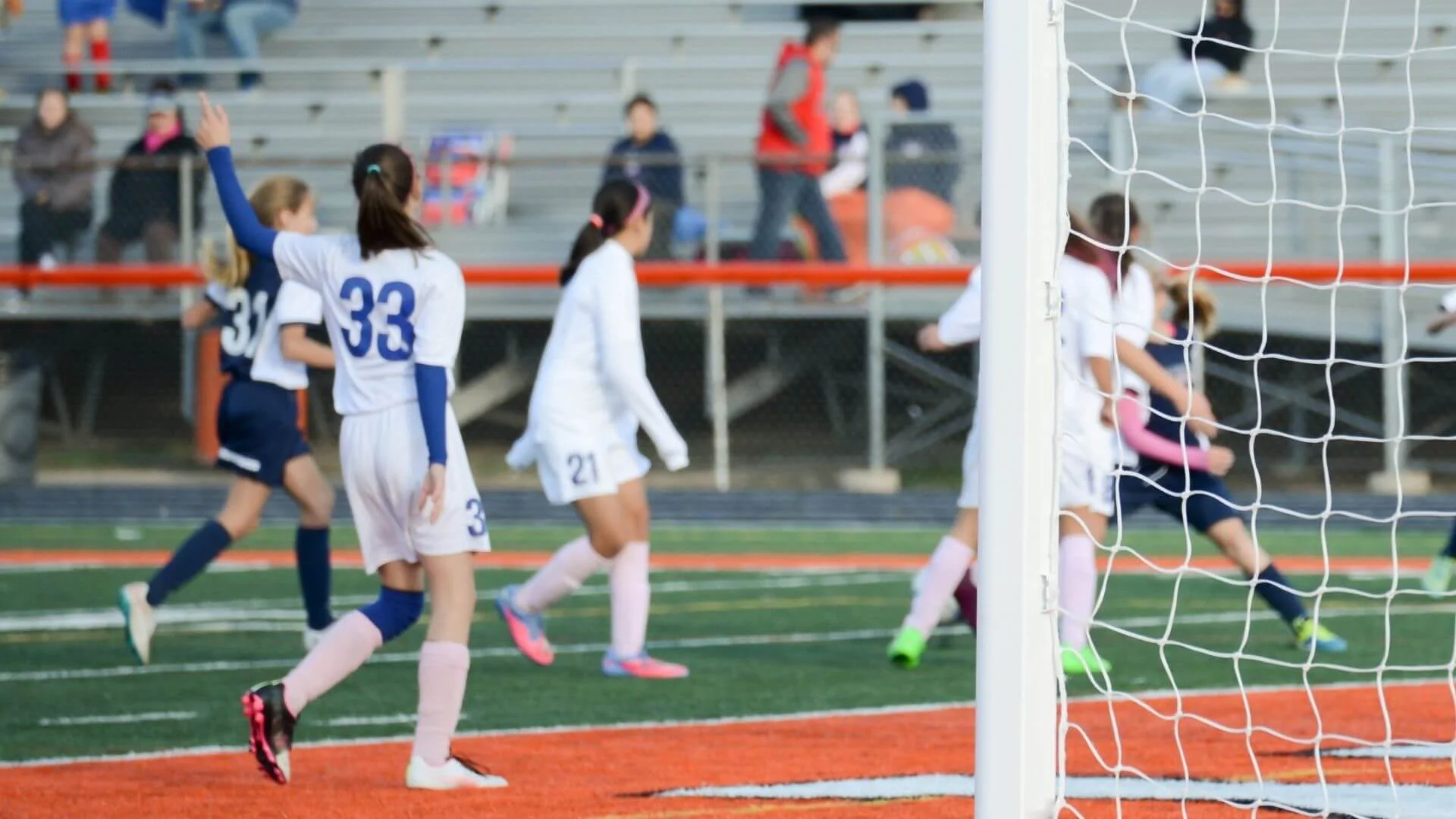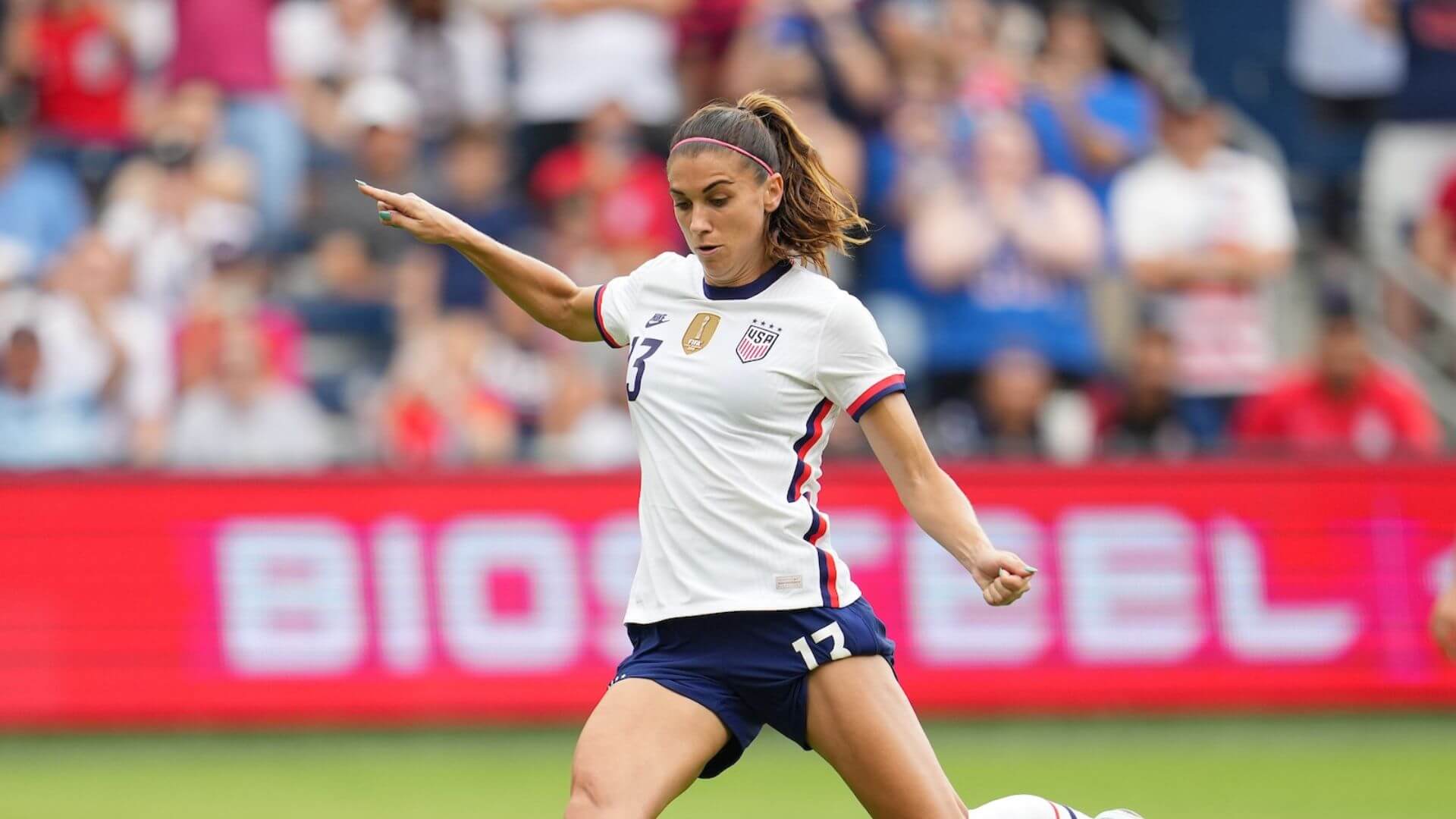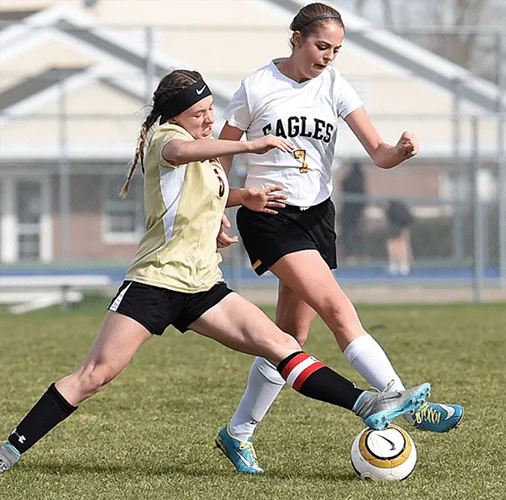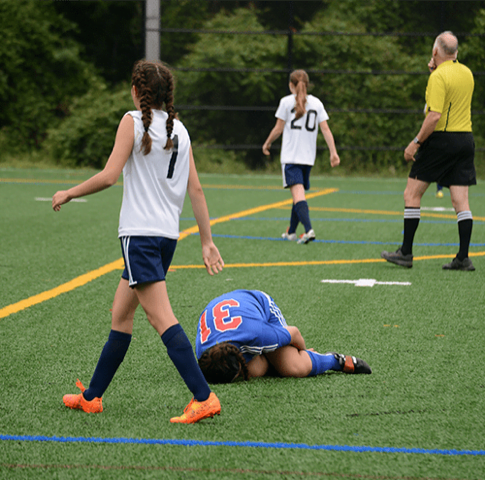Soccer Toes: The Ugly Truth
Soccer can be a rough sport. As a soccerista, you collide with others, slide straight into opposing players, and even are stepped on during the chaos of the beautiful game. It’s easy to forget to take time to treat yourself if you’re not in severe pain. However, some of the most common problems we face in soccer cause less obvious pain.
Bruised toenail
Probably the most common injury any soccerista will undergo is a bruised toenail, since it can be caused by pretty much everything — usually from being stepped on. It results in a beautiful black and blue discoloration from the hurt blood vessel.
Within 24 hours, pain should occur from the pressure building up from blood under the nail. The fun part begins once the pressure has built, as treatment for the injury often results in “drilling” a hole into the nail. It is recommended you see a physician who will put a small hole in your nail to allow the blood to leak out. Don’t worry, it’s generally a painless procedure and will relieve the pain under the nail quickly. The nail should fall off on its own, but will need to be protected while playing until a new nail replaces the old.
Turf toe
A sudden change in direction can cause a multitude of injuries, and turf toe is just one of the many sprains to come from the action. The sprain affects the metatarsophalangeal joint when a soccerista propels off the big toe as they change directions. It’s often occurs when playing on turf, from flat feet, or soft cleats. Luckily, this sprain won’t take you out for the season and simply involves several icing sessions. After taking sometime off of the sprain, taping up will help prevent the injury from worsening and limit the extension of the joint when you push off again.
Toenail fungus
It’s gross and you don’t want to talk about it; I get it. However, talking about it helps us prevent getting it, and helps treat it later on.
Toenail fungus is passed when your toenail comes in contact with a colonized surface. It can really be any surface, including but not limited to shower floors, flip flops, shoes, socks, and many more areas. The infection will turn your nail a discolored white-yellow and cause your nails to become brittle. It’s easier to prevent than treat, as it will most likely require a daily prescriptive pill for 12 weeks to clear up.
To prevent it, keep your toenails trimmed, wear fitted and breathable shoes and footwear, avoid being barefoot in public, and don’t share shoes or nail care products. The less you share with others, the more likely you are to avoid dealing with the fungus.
Athlete’s foot
You’ve heard of it; everyone talks about it. Athlete’s foot is the first thing people associate with the locker room and it often gets passed around one quickly. It’s a red rash on the foot that starts mostly in between the toes before spreading over the foot. Surfaces are quickly infected by the fungi which makes it easy to pass from teammate to teammate.
Avoiding being barefoot in public places will forever be the number one rule of avoiding feet problems. Keep a pair of sandals handy if you hate tennis shoes and try to avoid touching the floor with bare feet. Don’t share feet gear. Even if your friends don’t have a fungi, doesn’t mean they don’t carry it. Leave your shoes and socks for your feet only. Treatment is easier than toenail fungus, as you can seek over-the-counter topical anti-fungal products, but if it doesn’t clear up after seven days of treatment, you should seek advice from your physician.
Ingrown toenails
Proper care of your feet and regularly trimming your nails can make ingrown toenails non-existent for you as a player. An ingrown toenail is defined by the toenail growing downward into the toe pad instead of straight out. It is often caused by downward force put on the nail from running and sprinting. When caring for your nails, trim them directly horizontal and leave a small extension of nail over the toepad. If you find yourself infected, regular epsom salt soaks for 15-20 minutes multiple times a day will help heal the toe, followed by using cotton under the nail to assist the healing. It won’t be a quick fix, but over several months, you should see improvements of the nail.
Like a musician cares for his or her instrument, it’s important for you to care for your feet as a soccer player. They take a beating game after game; it’s only fair we provide them proper care and cleaning regularly. A team pedicure a couple of times during the season might not be a bad idea!




